Achieving success in small business is becoming ever more difficult. With so many new startups every year, standing out from the crowd is challenging. Statistically speaking, about half of all small businesses fail within the first 5 years. Of the businesses that fail, 14% state inadequate marketing as the main reason for failure. Considering this, a good marketing strategy is a necessity for new businesses. Entrepreneurs need to learn about the best advertising channels for small business to achieve marketing success.
How to Choose the Best Advertising Channels for Small Business?
There isn’t a list of the definitive best advertising channels for small business. Like with all marketing, what works best for one business model might not benefit another. So, when choosing the best channels for your business, you’ll do well to consider some of the following factors:
- Budget
- Target demographic
- Platform reach and audience
It’s always great to compare the typical users on an advertising platform with your target market. Doing this can help you decide if potential customers are lurking there.
For the purpose of this article, advertising refers to paid campaigns only. This means that long-term inbound marketing strategies such as search engine optimization, a Google My Business and optimizing a business website for conversions aren’t discussed.
Facebook vs Instagram Advertising
Facebook is currently the world’s largest social media platform. Apart from this accomplishment, the company also boasts ownership of Instagram, another social platform that ranks within the top five worldwide.
Both Facebook and Instagram are great platforms for small businesses to advertise on. That said, Facebook is generally the best social platform to start with.
Approximately 70% of adults in America are on Facebook, with most visiting the platform daily. This creates wide-ranging possibilities to target customers on Facebook. Paid Facebook advertisements can be optimized to target demographics according to age, interests and even job titles.
Another benefit of Facebook is that it allows businesses to create their own pages. By promoting a Facebook business page, businesses can gain new likes and followers and stay in touch with potential customers.
All these factors make Facebook an easy platform to start advertising. Business owners can expect to invest little effort and money into advertising campaigns and receive relatively good returns.
The lower cost of Facebook ads also makes the platform great when AB testing advertisements to see what works best. If you’re not sure where to start with paid advertising, Facebook is a safe bet.
Instagram is also a great platform to use and won’t cost a fortune. However, people who use Instagram are generally younger, so it stands out as a great platform for brands that target young audiences. That said, ads can also be targeted to specific audiences like on Facebook, so it’s possible to target an older demographic on Instagram too.
Instagram ads are usually in the form of promoted posts – seeing as the site doesn’t display traditional ads in its users’ feeds. Because ads are simply promoted posts, they won’t look spammy. If you create stunning visuals, your ads can be as attractive as any other content on the site, helping to boost performance.
Facebook vs Instagram Ads Cost Comparison
When it comes to cost, Instagram is, apparently, still somewhat cheaper than Facebook. In 2017, the CPM cost (which is the cost per 1000 impressions) on Instagram was about $5. Facebook ads were about twice as expensive, with a CPM cost of approximately $10. However, more recent data has narrowed to gap, with some advertisers reporting an average CPM cost of approximately $5 on both platforms.
That said, the CPC (cost per click) on Facebook still seems to be higher, with and average cost of $0.80 on Facebook and $0.20 on Instagram.
Luckily both platforms allow you to control your daily ad expenditure. This means you can set an exact ad campaign budget on both sites that won’t ever be exceeded. The only difference between Facebook and Instagram is how much you’ll get for your money’s worth. In general, Instagram should get you more exposure for a lower price.
This can make Instagram seem like the obvious best choice. But having more ad reach won’t help if your ad isn’t being displayed to your target audience. Advertising to the wrong audience can cause your ad to be ineffective, even if it seems like it’s getting a lot of attention, you might not get enough conversions to get a good ROI.
Also keep in mind that you can also run ad campaigns on other social media platforms such as LinkedIn, Twitter and Pinterest.
Paid Search Engine Ads
Running a PPC campaign on a popular search engine like Google can be great to attract website visitors. When setting up a PPC campaign on search engines, it’s essential that you lead traffic to a landing page or business website that’s optimized for sales. Be sure your business website is set up in a way that helps you get more sales from it.
Although it’s possible to master PPC without professional help, it can take a lot of learning. Without a proper strategy, you run the risk of wasting a lot of money on targeting ineffective keywords. Because if this, it’s best to hire professional help when starting out with a Google Adwords PPC campaign for your small business.
Run an Online Marketing Campaign
Running an online marketing campaign often goes hand in hand with paid search engine traffic.
In this case, PPC ads from either Google or a social media platform usually lead traffic to a landing page. This landing page should be optimized for conversions. It should advertise your product or service and have a clear call-to-action to prompt visitors to perform a specific task.
To run an online ad campaign, you should have a goal of what you want to achieve. For instance, you could simply use your campaign to collect email subscribers for your list, or you could try to sell your products and services directly from your landing page.
Another way to run an online marketing campaign is through email. Email marketing campaigns aren’t the same as regular newsletters. With a campaign, you specifically promote a certain aspect of your business for a set time period. Examples of things you could promote through an email campaign include special offers, product launches and company events.
Run Traditional Ad Campaigns Locally
A lot of business owners believe that traditional advertising is too old-fashioned – causing them to focus all their efforts on online marketing. While online marketing delivers a good ROI compared to traditional media, there are instances where traditional advertising is still relevant.
Local businesses can often benefit from running more traditional ad campaigns:
- Broadcasting ads on local radio stations
- Printed ads in magazines and newspapers
- Handing out pamphlets and business cards
- Paying for billboards and posters
While all of these can be beneficial, the trick is to know which ones are most relevant to your business. For instance, a guesthouse might not benefit much from running such ads, seeing as their customers are usually from out of town. However, local wedding planners, restaurants and other businesses might benefit from certain forms of local advertising.
Attend Trade Shows, Fairs and Festivals
Attending local trade shows and fairs can be a great way to educate the public about your business and what you do. Although it’s not the first campaigning strategy that comes to mind, it can be a good opportunity. A lot of small business owners have booths at such events and report great results.
The more focused the event is around what you do, the better the chances it will be worthwhile to advertise there. For instance, if you run a real estate agency or home repair service, you can definitely get new customers from a show for homeowners. Likewise, a travel agency can benefit from exhibiting at a travel event.
Most trade fairs charge a rental fee for having a booth. Booth rental costs can vary. Anything between $35-$150 per square foot is considered normal. Small, local fairs might charge less, however.
Because of the costs involved, you need to choose your events wisely. To establish whether a show is worth your time and money, consider its reach. Well-known events normally attract a larger crowd. Also be sure to ask organizers what they’ll be doing to market their event.
Booth rental isn’t the only expense business owners can expect. Additional expenses for a display include:
- Stand decorations
- Business cards
- Promotional handouts
- Staffing the stand
- Exhibit set up and removal
With all additional costs considered, trade shows aren’t the cheapest advertising option. Despite this, many are still worth the investment.
Conclusion
There are many great avenues to advertise small businesses. When choosing what marketing channels to invest in, consider your target market. Sculpting your ad campaigns to attract your target customers will deliver a better ROI, allowing you to make the best of your marketing budget.
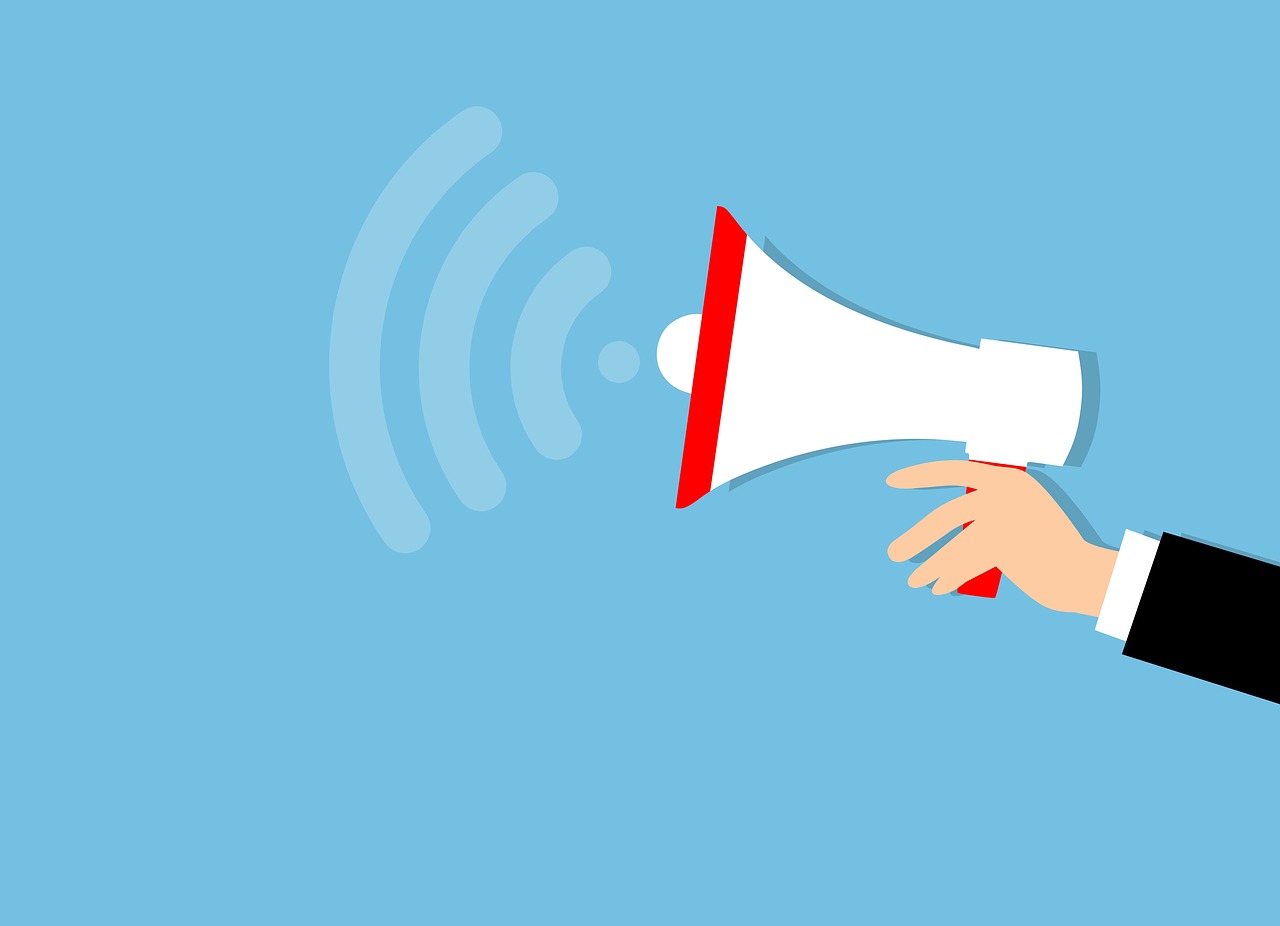

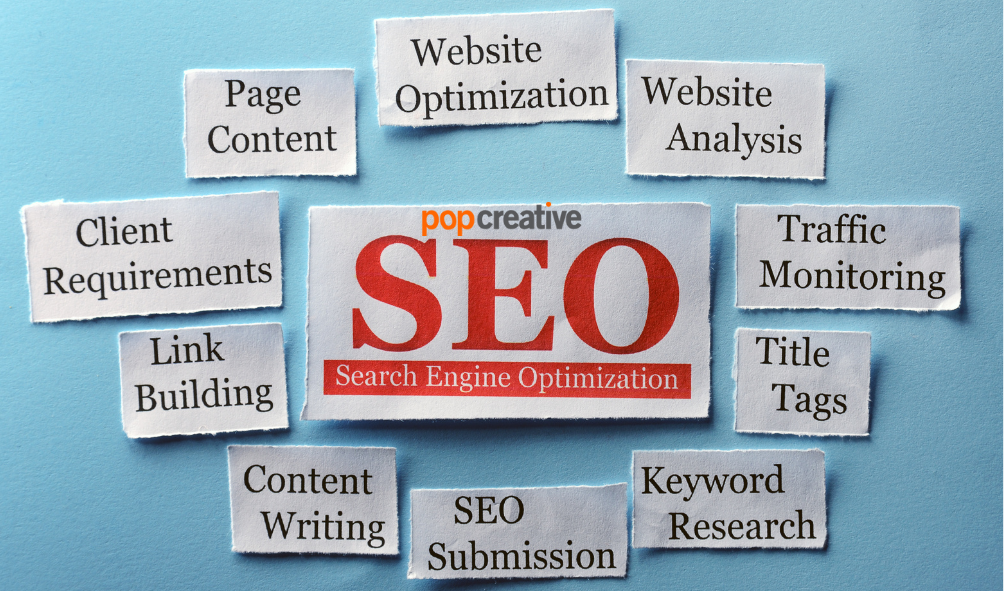
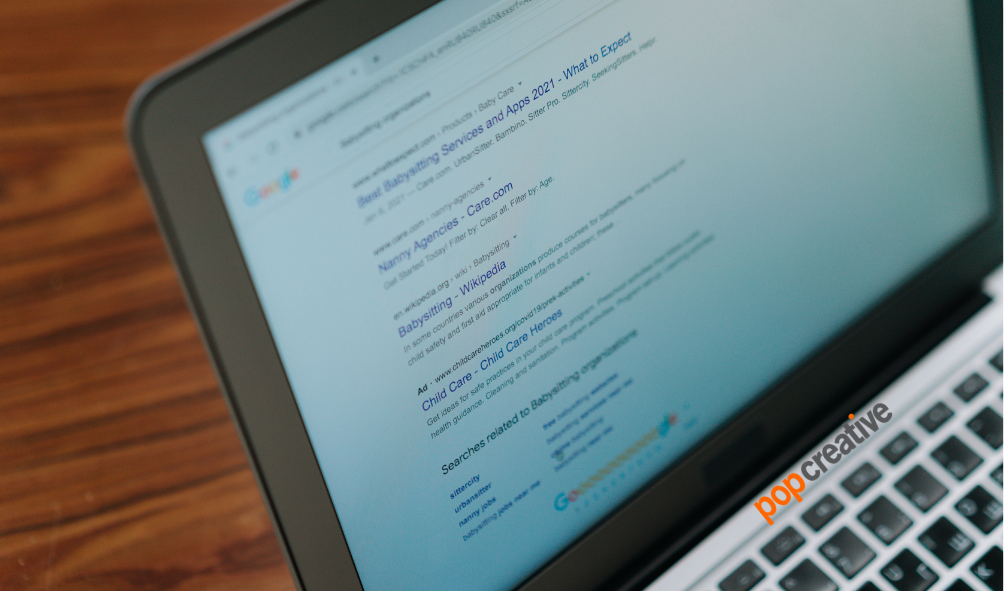
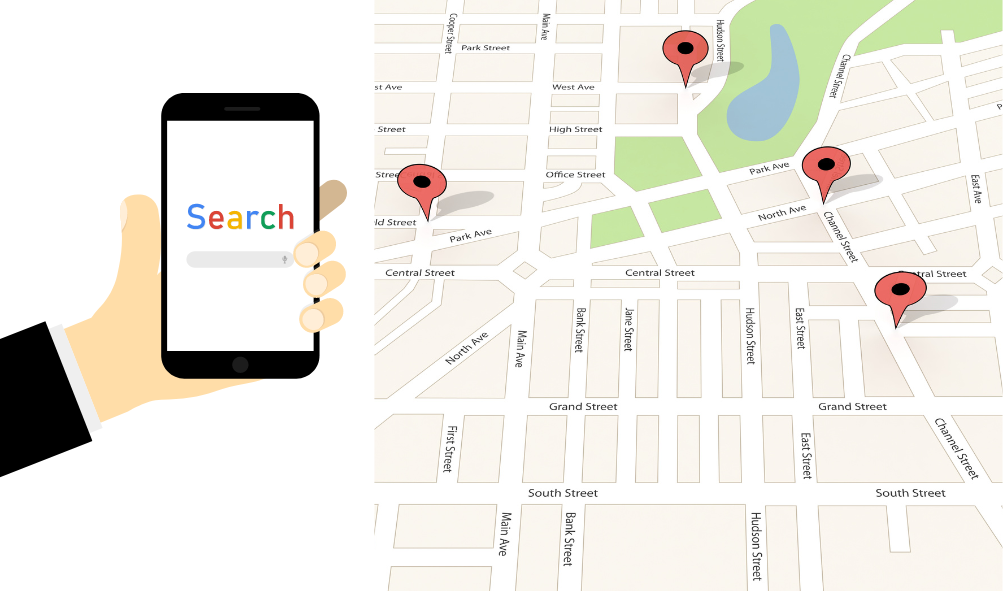
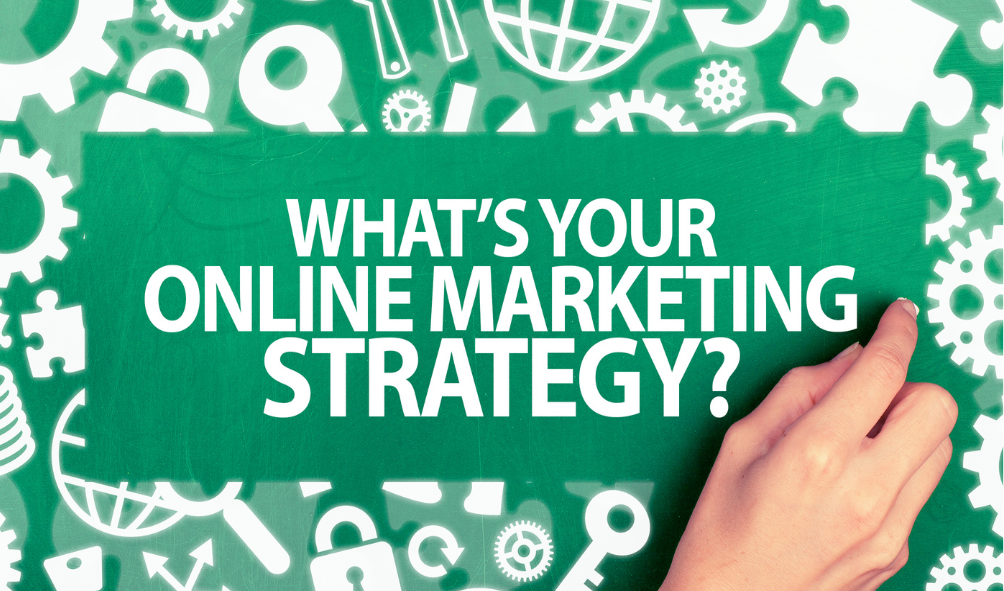
Recent Comments